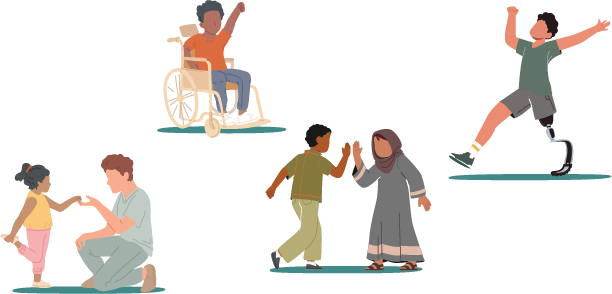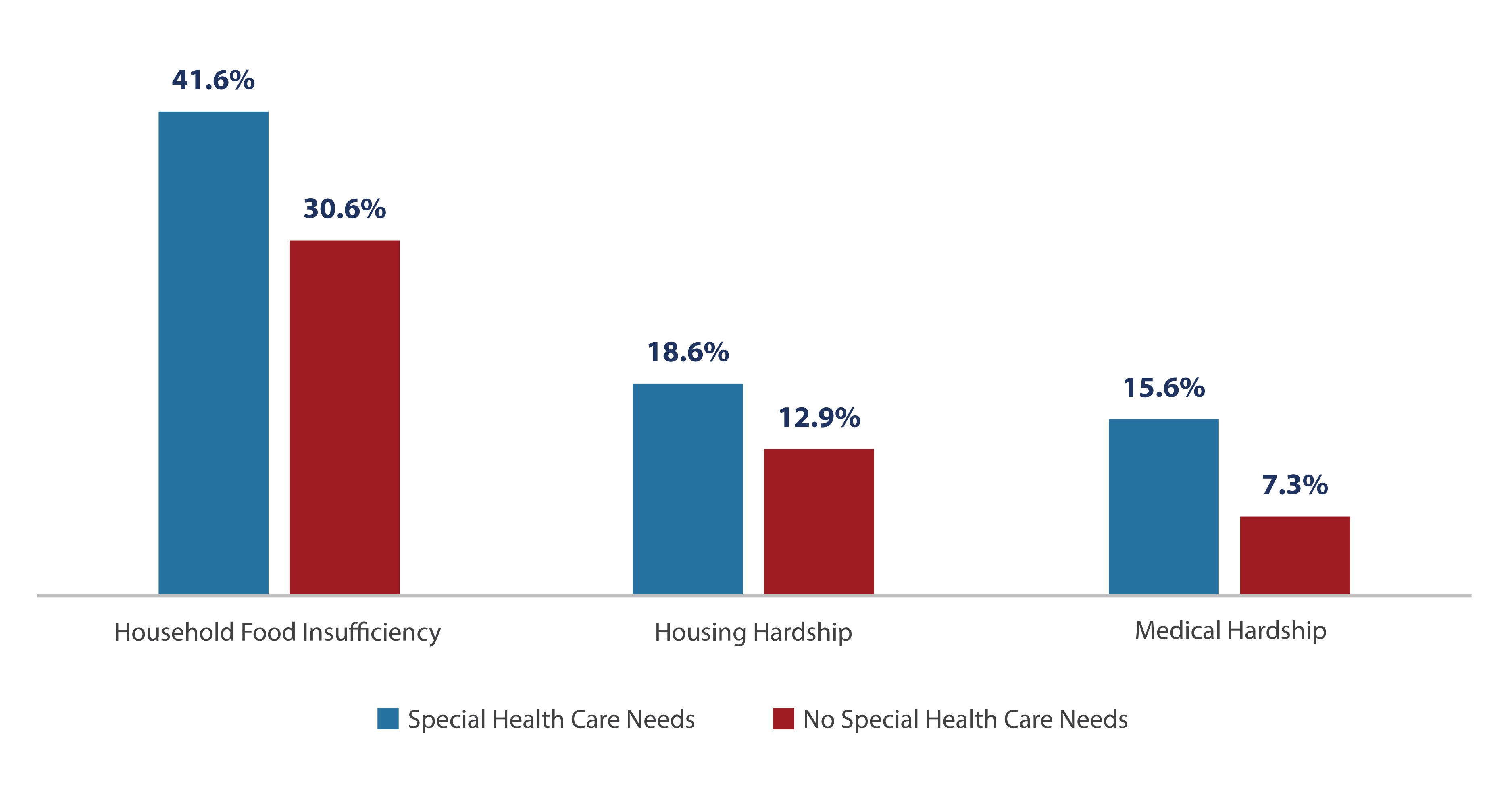Our goal
We want every family to get what their child needs so that they can play, go to school, and grow up to become a healthy adult. We want parents and siblings to thrive too.
We are dedicated to improving the health and well-being of children and youth with special health care needs (CYSHCN). We do this through partnerships at the federal, state, and local levels. Families with lived experience are central partners in all that we do.
We want every family to get what their child needs so that they can play, go to school, and grow up to become a healthy adult. We want parents and siblings to thrive too.

CYSHCN have or are at increased risk for having chronic physical, developmental, behavioral, or emotional conditions. They have conditions such as asthma, sickle cell disease, epilepsy, anxiety, autism, and learning disorders. They may require more specialized health and educational servicesi to thrive, even though each child's needs may vary.
According to our National Survey of Children’s Health (NSCH) (PDF), in our country about 20% of children under 18 years old have a special health care need.
The NSCH shows that there are significant differences between the health and well-being of CYSCHN and their families compared to children without special health care needs.
Some examples include:
Proportion of children who experienced household food insufficiency, housing hardship, and medical hardship in the past 12 months, by special health care needs status, 2022

Text only description for bar graph
The system of services and supports can be complex, depending on a child's needs. We want to make it easier for families to find the right clinicians, equipment, and treatments. Families should have access to quality services no matter where they live or their ability to pay.
We improve systems by working with families, healthcare professionals, and public health leaders. Together with our partners, we help these children, youth, and their families throughout their lives, from infancy through adulthood.
We develop and fund programs that require partnerships with families. We serve as a federal voice, urging the inclusion of self-advocates and ways for families to be represented and heard at all levels of care.
Families are often the best guides. They can tell us how to make the systems easier to navigate. Children and youth have better outcomes when their families engage with healthcare professionals.
Through our partnerships with families and family-led organizations, we:
We support healthcare professionals in clinical, community, research, and other settings. They work with families to get the services their children need. Our funding helps them make the most of rapid advances in technology, treatments, and care.
We design and fund programs to develop best practices and innovative approaches, and family engagement. Some of our efforts, like newborn screening, reach nearly everyone. Other programs focus on specific conditions such as epilepsy or sickle cell disease.
We help public health leaders to provide, improve, and better coordinate the clinical care and other services that families need.
We support public health leaders in state governments, universities, and community-based organizations to:
Learn about other efforts we invest in—visit the Division of Services for Children with Special Health Needs.